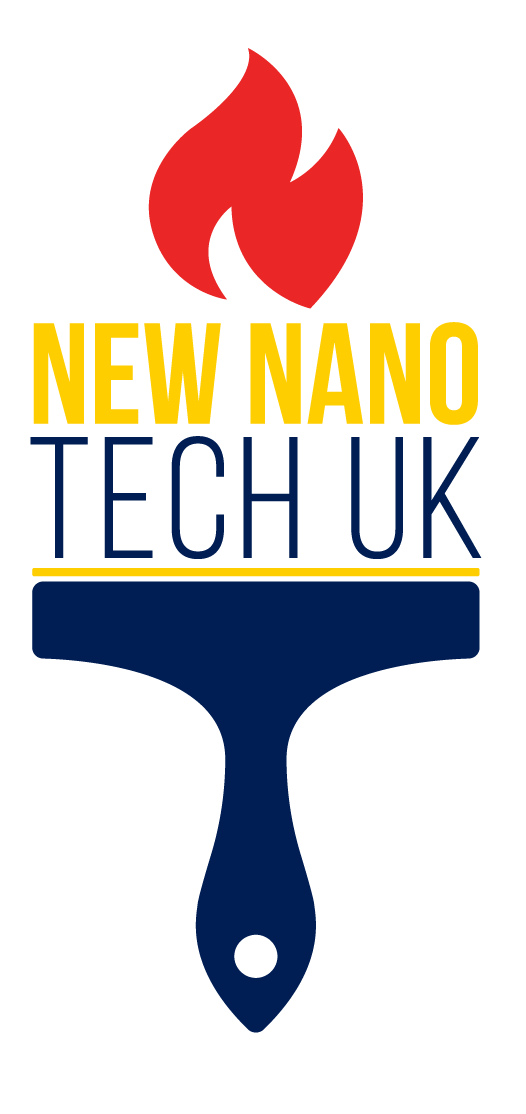On-page SEO is one of the three main SEO branches, which include technical and off-page SEO. The three practices work cohesively, so it’s ideal to cover each when possible. If you’re new to working on SEO, on-page optimization is a good place to start before moving on to advanced practices.
Because this search is mostly tied to the professional American football team by that name, the top results relate to that. If you were to search the word “shoes,” for example, you’d likely find a substantial number of the top results are ads. In fact, you’ll probably have to scroll down the page to find the first organic result. SEO can be part of your overall Digital Marketing strategy, which usually includes other things like social media promotion, PPC, content marketing, email marketing etc.
SEO Basics: The Beginner’s Guide to SEO From SEO Experts
- It also helps to strengthen the credibility of your website and build a sense of domain authority and trustworthiness.
- PPC is most effective for high-competition, high-intent keywords where organic ranking is difficult.
- But, building backlinks is at the heart of off-page SEO, as search engines use backlinks as an indication of the linked content’s quality.
- As expected, an SEO-friendly website will get you more traffic from search engines as it will likely run higher in the SERPS (search engine results pages).
For many companies, SEO is critical to a successful digital marketing strategy. Crafting a great SEO strategy requires a strong understanding of a website’s core audience, offerings and goals. To keep improving, it’s crucial to measure performance using tools like Google Analytics or Google Search Console, watching for increases in organic search traffic and conversion rates.
Optimizing Your SaaS Landing Pages in 2025 — Whiteboard Friday
Search engine optimization focuses only on organic search results and does not include PPC optimization. However, the focus has shifted towards semantic search, context, and user intent. Instead of exploring the best water parks, someone wants to find a water park near them.
Master SEO basics with our beginner’s guide, exploring the importance of SEO, how search engines function, and practical steps to kick-start your SEO journey. Search Engine Optimization, or SEO, alludes to optimizing a website’s substance, structure, and other components to make strides in its permeability on look motor comes about pages (SERPs). The essential objective of SEO is to upgrade a website’s natural (non-paid) look motor rankings, driving focus on activity and expanding its online nearness. In today’s computerised age, where online permeability and biological activity are vital for businesses, Search Engine Optimization (SEO) plays an essential part.
Meet Your New Favorite SEO Tool for DIY SEO
Search engines work by crawling a website’s homepage and following any links from there to discover and index more pages. For example, if you have different pages for desktop and mobile with the same content, you need to tell Google that these pages are the same. You can read this guide, which provides step-by-step instructions on how to optimize your XML sitemap. Run a free SEO analysis to uncover site issues, competitor gaps, and ranking opportunities. First, find mentions of your company that don’t link to your site. Note how you don’t offer your product in exchange for a link or review… which would violate Google’s Webmaster Guidelines.
This has made semantic search engines much more natural and reduced reliance on keywords. Schema Markup and structured data enable better comprehension by search engines. This leads to more informative search results, knowledge panels, and featured snippets. Proper semantic markup makes you more likely to get position zero and visual enhancements in search results. Rather than manually targeting endless keyword variations, semantic optimization allows AI-driven keyword mapping, focusing on search intent and entity relationships.
Avoid selling or over-promotion on online forums, BHS Links which can backfire by creating distrust. Use free tools like Grammarly, Readability Test, and Hemingway Editor to proof your content. These tools can help you find grammar and spelling errors, plus opportunities for improving your content’s readability, which you should tailor to your audience. It includes recognising the catchphrases and expressions that your target gathering of people is utilising to rummage around for data related to your industry.
Also, PPC data can inform your SEO strategy, and the reverse is also true. A rare but malicious practice where webspam techniques are used to harm the search rankings of another website, usually a competitor. Google will take manual action on a website after a human reviewer (i.e., a Google employee) manually reviews a website to confirm whether it has failed to comply with Google’s Webmaster guidelines. Penalized websites can either be demoted or removed entirely from search results.
High-quality content answers user queries, boosts engagement, and increases the chances of earning backlinks. Google and other search engines offer guidelines to help you create content that ranks well. They promote organic backlinks, relevant and unique content, and genuine discussions on the topic. They discourage spam links and posts, along with trying to game the system. SEO, also known as search engine optimization, improves your visibility in relevant search engine results pages (SERPs) on search engines like Google, Yahoo! It uses an umbrella of strategies and techniques to boost your visibility, which can result in increased website traffic.
